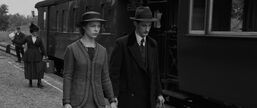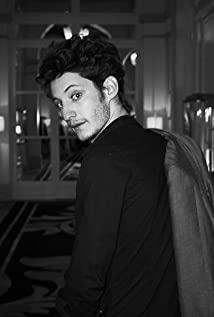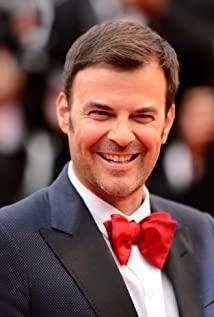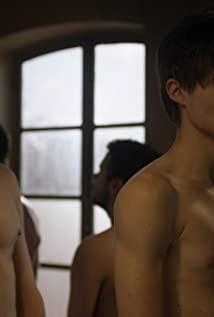The poster really says it all: Anna stares at Adrian.
Adrian, a man who shakes the heart of the beautiful and strong Anna, has a beard on his lips that reminds the protagonist of "Love in the Time of Cholera". Fragile enough to be like a violin piece in the wind, difficult to tune. If Marcel Proust had not been so ill and had been drawn into World War I, it would have been so. His desire to die enhances the beauty of his appearance, and what inspires Anna's lust. He "unnecessarily" magnifies a life-and-death encounter on the battlefield, invading the home and life of Franz - the man he killed and fell in love with - with a masochistic and selfish feeling. He was so weak, almost snuggled in the arms of death, rightly intoxicated by this libido.
The first action that Ana's gaze on Adrian leads to is redemption. She cherished the colors that rose and fell when the two of them got along, thinking that she could color his black and white face by simply passing on happiness. It's just that Adrian never actually needed her rescue. The whole point of Adrian's existence is the borderline situation of self-destruction. Even without Franz, he would have found someone who kept his eyes moist all the time, sooner or later. His soul has been wandering in front of the painting called "Suicide".
As for Franz, does his "passionate and shyness" make him as mortal as Adrian? All this will never be known with the end of his existence, but it will no longer matter. He is dead, and naturally blends in with Adrian's face. Therefore, the "Franz" after Franz is Adrian.
Adrian finally said, "Have fun, Anna," and he actually knew his essence very well. His fluttering in the urge to die is by nature, but Anna doesn't belong here. The whistle sounded, and the last kiss fell reluctantly. It was two people from different worlds saying goodbye at the border.
At first Anna thought that Franz's beloved painting was "a young man with his head thrown back"—a strange, striking gesture, like Adrie who was unnamed and sad when he first saw it. Ann; she later found out that the person in the painting was a suicide by raising a gun, and astonishment flashed across her face, at this time she was at a critical point in exploring the nature of Adrian; finally, she and the new "Franz" Re-watching the painting together, when "Franz" asked her if she liked it too, she smiled, and the full color of the film came back to the picture for the last time. Just listen to Anna say: "Yes, it makes me want to live." Let all the Franz in Germany and France stay in the painting, give her all the color of life.
By the way, the only time Anna forgot her identity as the stare and tried to commit suicide, using a method of stepping into the depths of the river step by step, which coincides with Virginia Woolf in "The Moment". Different from turning over in an instant or being shot to death in an electric light flint, the river that does not pass over is a kind of slow self-termination that is completely supported by the mind until the last moment. If a woman thinks she doesn't want to live anymore, her typical behavior is to walk silently to the burial place -- whether it's the bottom of a lake, a pit, and sometimes a marriage -- there's no need to leave another portrait for the world.
View more about Frantz reviews











